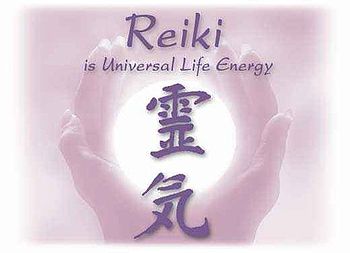Reiki
See also : Chakra Healing
Reiki originated in Japan in the early 1900s and was founded and taught by Dr. Makao Usui. It is a technique where the practitioner facilitates the flow of universal healing energy into the client's energetic field. There are two main branches of Reiki, commonly referred to as Traditional Japanese Reiki and Western Reiki. Though differences can be wide and varied between both branches and traditions, the primary difference is that Westernised forms use systematised hand-placements rather than relying on an intuitive sense of hand-positions (see below), which is commonly used by Japanese Reiki branches. Both branches commonly have a three-tiered hierarchy of degrees, usually referred to as the First, Second, and Master/Teacher level, all of which are associated with different skills and techniques.
Special Precautions of Reiki
Benefits and uses of Reiki are
Reiki is recommended for stress reduction and relaxation and promotes healing. It is administered by "laying on hands" and is based on the idea that an unseen "life force energy" flows through us and is what causes us to be alive. If one's "life force energy" is low, then we are more likely to get sick or feel stress, and if it is high, we are more capable of being happy and healthy. The National Institutes of Health note that research using Reiki for conditions such as pain, cancer, depression and over all well-being indicate that Reiki may help with symptoms of these conditions.
References
http://www.aetw.org/
http://www.reiki.org/
http://www.centerforreikiresearch.org/
